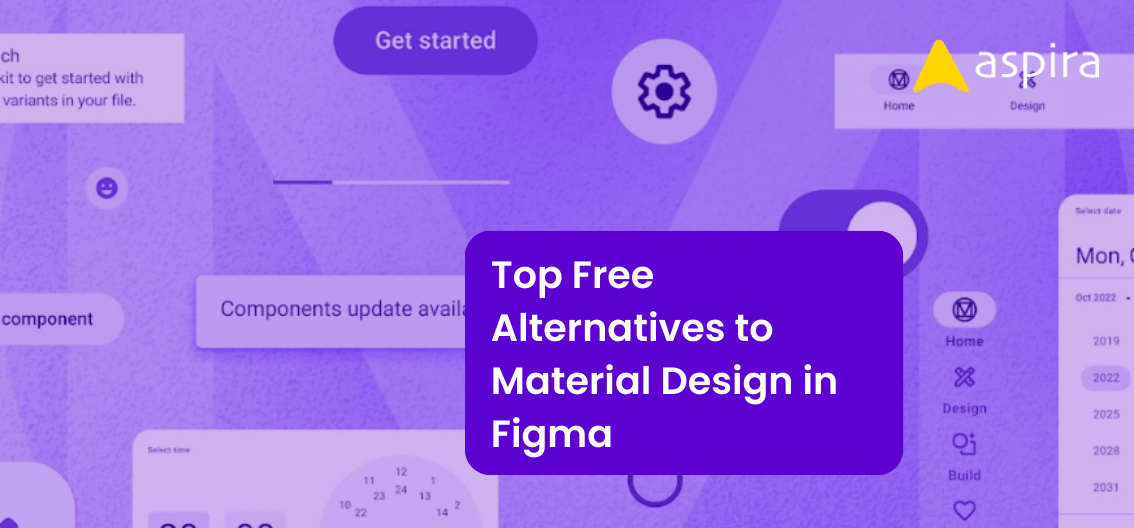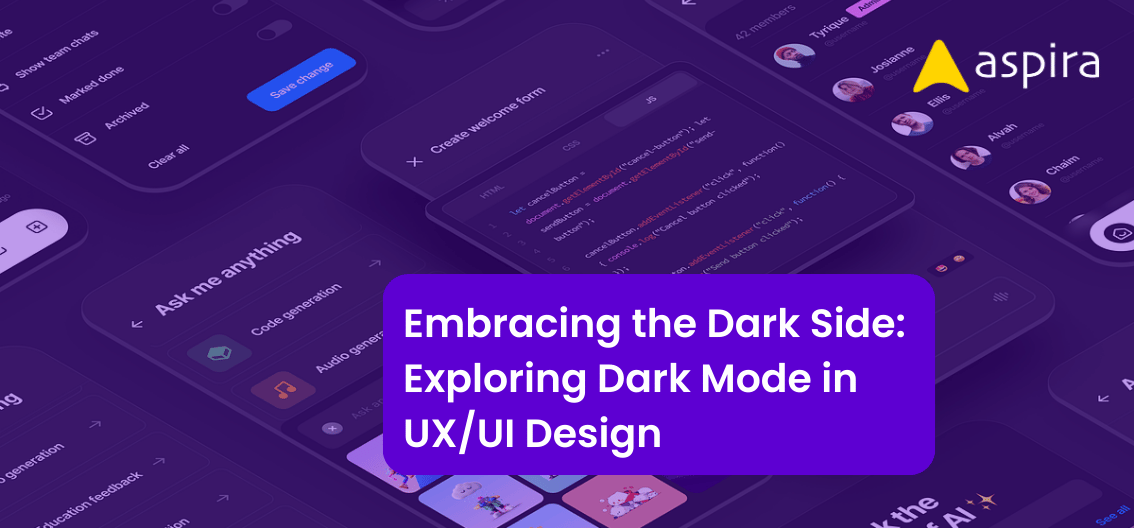UX Design - Mentor & Author.
12 Jul, 2023

If you’re a recent college graduate looking to start a UX/UI career, it’s natural to feel uncertain about where to begin. The numerous paths available for learning and entering the field can be overwhelming. However, having a well-structured roadmap is crucial to guide you through the process of launching your career in UX/UI.
In this article, we’ll explore how you can increase your chances of getting hired and successfully entering the field of UX/UI as a fresher. We’ll provide guidance on crucial steps such as defining your career objectives and goals, evaluating your skills and interests to determine your specific area of focus within UX/UI, researching different learning paths and resources, building a strong portfolio that showcases your abilities, and engaging with the UX/UI community to network with industry professionals and peers.
Furthermore, we’ll discuss the importance of continuously improving your skills and knowledge through various methods, such as online courses, workshops, or mentorship programs. By following these steps, you can confidently start your journey in UX/UI design and increase your chances of success.
Let’s dive into the roadmap to kickstart your UX/UI career as a fresher and learn the essential skills needed to thrive in the industry.
Identify Career Goals in UX/UI Career
Identifying your career goals is a crucial first step in launching your career in UX/UI design. It’s essential to have a clear idea of what you want to achieve and the kind of work environment that you prefer. You may want to work for a large corporation that offers stability and a well-established team structure, or perhaps you prefer the flexibility and autonomy of working for a small start-up. Alternatively, you may aspire to work as a freelancer, taking on projects and clients on your terms. So identifying your goals can help you stay motivated and focused on your career journey.
It provides you with a clear sense of direction and purpose, enabling you to make informed decisions about your career path. By identifying your goals early on, you’ll be better equipped to create a roadmap that aligns with your aspirations and sets you up for success in the field of UX/UI design.
Choose the Learning Path in UX/UI Career
There are several paths available for learning UX/UI design, including online courses, bootcamps, design schools, and workshops. However, not all of these paths provide comprehensive coverage of UX design concepts. If you are looking to learn quickly, online courses may be a good place to start. However, they may not provide the same level of guidance as other options. For those who want to learn in a structured environment and complete the program in 3-6 months, design schools may be a better choice. On the other hand, pursuing a degree in UX design may take longer, but it can provide a more in-depth education. It’s important to note that a degree is not a requirement for entering the field of UX/UI design.
Ultimately, the path you choose to learn UX/UI design should be based on your personal circumstances, goals, and available resources. If you’re unsure of where to start, my suggestion would be to begin with an online course, which is either cheap or free, to gain a foundational understanding of UX/UI design. From there, you can decide which path best suits your needs and goals. Remember, the choice is yours, and it’s essential to choose a path that will help you achieve your career aspirations.
Network with Professional UX Designers
To gain a comprehensive understanding of the UX/UI industry, it is beneficial to connect with established professionals currently working in the field. It is recommended to ask relevant questions regarding the required number of projects to add to your portfolio, the expectations of employers, and more. However, it’s important to be cautious of blindly following any single person’s advice as everyone’s entry into the industry may be unique. Consider the replies and answers given by professionals carefully and act accordingly.
One effective way to connect with professionals in the UX/UI industry is through LinkedIn. If you do not have an account, create one and begin reaching out to individuals in the field. LinkedIn offers an excellent opportunity to network with industry professionals, gain insights about the industry and connect with peers who may be helpful in guiding you in your UX/UI career journey. Take advantage of this platform to learn more about the field and make valuable connections that can support you in achieving your career goals.
https://www.linkedin.com/in/rambal/
Build a Portfolio
Once you have chosen the learning path and connected with professional UX designers, the next crucial step in your career roadmap is to build a strong portfolio. Your portfolio showcases your design skills and helps potential employers understand your abilities and suitability for their company. It’s essential to take this step seriously and create a portfolio with a decent number of quality projects.
If you have already completed a design course, you would have worked on some projects that you can include in your portfolio. However, if you’re still in college, start small by working on redesigning a few UI screens or finding a problem statement and solving it. As a fresher, you have more time, so take advantage of it and create a variety of projects to showcase your skills. You can showcase your work on platforms like Behance, Medium, or even create your website for your portfolio.
The end goal is to present your work in a way that conveys your eligibility for the company’s role. However, it’s important to note that your portfolio should be of high quality, and not just a collection of random projects. Take time to curate your portfolio to ensure it aligns with your career goals and showcases your strengths.
https://www.behance.net/aspiradesign
Keep Learning
In order to stay relevant and competitive in the field of UX/UI design, it’s important to continually expand your knowledge and skills. Attending workshops and conferences can be a great way to network with other designers and learn about the latest trends and techniques. Many of these events feature industry experts who share their knowledge and experiences, providing valuable insights into the field.
In addition to attending events, reading industry publications and following thought leaders on social media can help keep you up-to-date on the latest trends and technologies. Many designers also find it helpful to join online communities or forums where they can connect with others in the field and discuss best practices and new developments.
Staying informed about the latest trends and technologies is not only important for career advancement, but also for maintaining a competitive edge in the job market. Employers are always on the lookout for designers who are up-to-date on the latest tools and techniques, so investing in ongoing education and professional development can pay dividends in the long run. Ultimately, staying informed and up-to-date is a key factor in building a successful career in UX/UI design.
Conclusion
In conclusion, starting a career in UX/UI design may seem overwhelming, but having a well-structured roadmap can guide you through the process. The first step is identifying your career goals and the kind of work environment you prefer. Next, you should choose a learning path that aligns with your goals, whether it’s online courses, bootcamps, design schools, or workshops. Connecting with established professionals currently working in the field is also an excellent way to gain insights into the industry. Building a strong portfolio showcasing your design skills and continually expanding your knowledge and skills through workshops and conferences can help you stay relevant and competitive. With these essential steps, you can confidently begin your career in UX/UI design and increase your chances of success in the industry. All the very best for your career.


